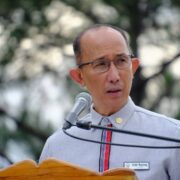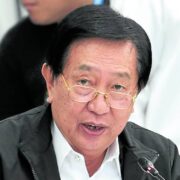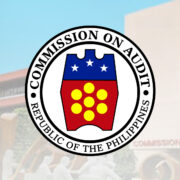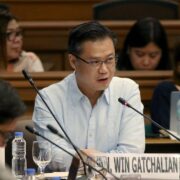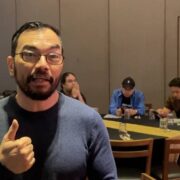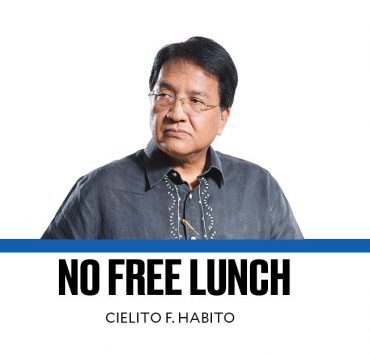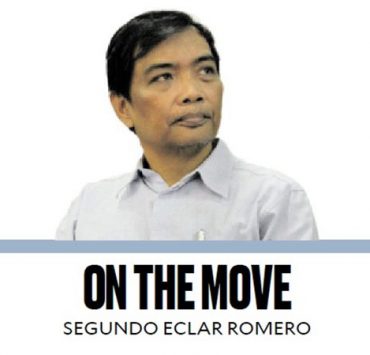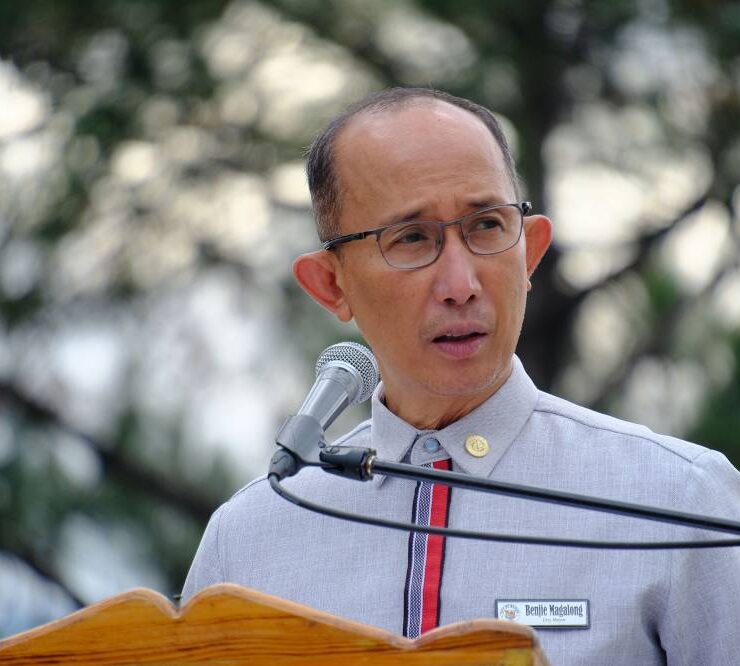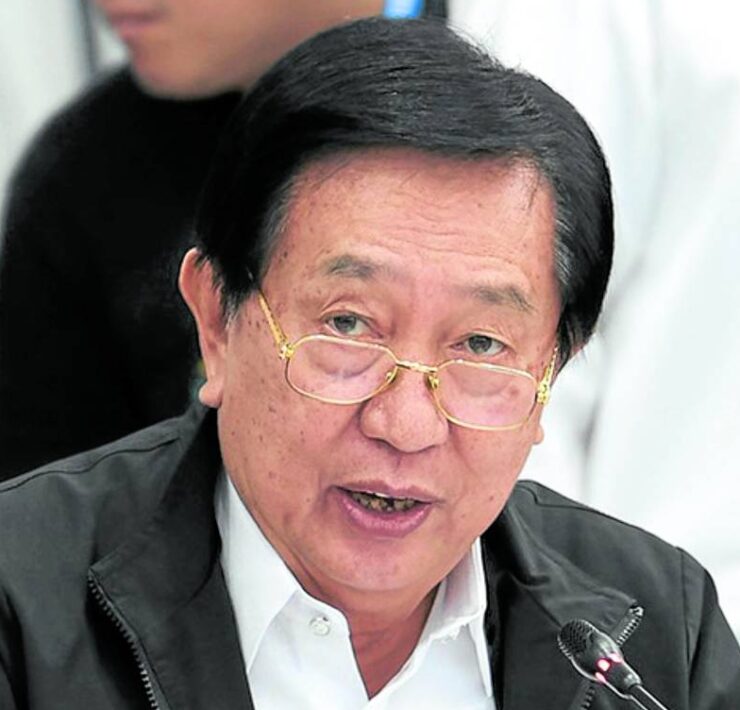Who’s afraid of Trump 2.0?

And so it happened: On Nov. 5, Americans catapulted Donald Trump back to power as the so-called leader of the free world.
As nations reeled at the implications of the former United States president’s stunning political comeback, the US’ top diplomat in Manila was quick to offer assurances that a second Trump administration would not adversely affect her country’s relationship with the Philippines as “steadfast friends and ironclad allies.”
For reasons obvious to all, fears had grown that a Trump-led US might go back on its commitments to come to the Philippines’ aid in the event of an attack by foreign aggressors like China. But as US Ambassador MaryKay Carlson noted, it was during the Trump presidency, in 2016, when Washington first expressed support for the arbitral ruling that recognized the Philippines’ sovereign rights in the West Philippine Sea while invalidating China’s sweeping claims to the disputed waters.
Mercurial and populist leaders
“Remember, when you think about the security situation here in the Indo-Pacific, it was under the Trump administration that (then) Secretary of State [Mike] Pompeo came out and lent credence and support to the arbiter ruling that weighed in favor of the Philippines with regard to access and rights (to its exclusive economic zone),” Carlson recalled last week.
Philippine Ambassador to Washington Jose Manuel Romualdez seconded his counterpart’s words, saying the ties between the treaty allies would “endure under any US presidency”—even Trump’s.
“We will continue to strengthen and enhance not only our bilateral defense cooperation but our economic ties as well, cognizant that an economically secure and prosperous Philippines will be an even better ally and partner for the United States,” the ambassador said.
But the two envoys’ statements are far from a guarantee, as the circumstances have vastly changed from Trump’s first term, when he dealt with a different Philippine president—Rodrigo Duterte.
During the previous administration, Trump and Duterte, both known as mercurial and populist leaders, had barely interacted, except for a visit by the former to Manila in 2017 for the 31st Association of Southeast Asian Nations summit. The latter, on the other hand, spurned repeated invitations to the White House.
Unshakeable alliance
Trump had even praised Duterte for doing an “unbelievable job on the drug problem” in the Philippines, despite official US policy being critical of the anti-narcotics campaign that had left thousands dead.
It was also during that unprecedented period when relations between Manila and Washington soured as Duterte pivoted sharply to Beijing, pursuing trade and bilateral relations with China that had borne little fruit by the time he stepped down in 2022.
The Philippines-US ties thawed under Duterte’s successor President Marcos, who took a contrasting geopolitical approach. Now, however, it remains to be seen what sort of dynamic he would have with the unpredictable Trump.
Amid concerns that the Republican might shift focus from the South China Sea to the conflict in Ukraine and Israel, Mr. Marcos said he was optimistic about the continuity of cooperation between the United States and the Philippines.
“I am hopeful that this unshakeable alliance, tested in war and peace, will be a force of good that will blaze a path of prosperity and amity in the region and on both sides of the Pacific,” he said in a statement that mentioned him meeting Trump “as a young man.”
“We look forward to working with President Trump on a wide range of issues that will yield mutual benefits to two nations with deep ties, shared beliefs, common vision, and a long history of working together,” the President said.
Dealing with a loose cannon
Beijing has been cautiously optimistic, with the Chinese state-run newspaper China Daily stating in an editorial that Trump’s second presidency was a potential “new beginning in China-US relations if the chance that has been offered is not wasted.”
But until Trump himself speaks, there is no telling which direction his foreign policy would go. Some questions spring to mind: Will the annual Balikatan exercises between Filipino and American troops continue? Will the deal for the temporary stay of Afghan refugees in the Philippines proceed as planned? Will the Typhon missile system deployed by the US military to northern Luzon stay there?
While these queries remain unanswered, it’s imperative that the Philippines err on the side of prudence and look outward, building coalitions with like-minded allies like Japan and Australia, as well as its Southeast Asian neighbors.
The Philippines is no stranger to a Trump presidency, but more than familiarity, it needs caution and discernment in dealing with the loose cannon that Trump is perceived to be. Manila cannot afford to put blind faith in the promises of diplomats and officials–it must fortify alliances that can outlast the whims of any one leader, be it an American or a Filipino.


